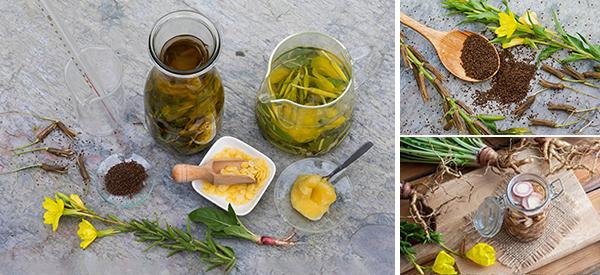
How to Treat Gastrointestinal Disorders With Evening Primrose
Evening Primrose (Oenothera biennis) grows wild in North and South America, Europe, and regions of Asia. The plant has bright yellow flowers that open at sunset – which gave rise to the name – and close during the day.
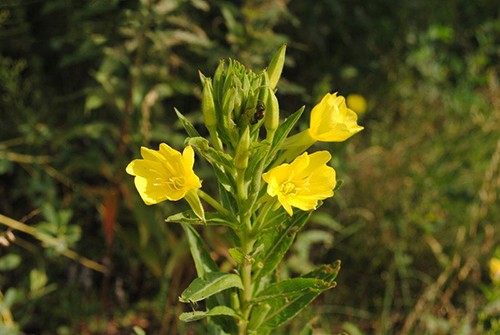
Various parts of this plant have been used for centuries to ease a range of symptoms and conditions. Although there is either no or inconclusive clinical proof of the health value of Evening Primrose, there is a great deal of anecdotal evidence from several continents that points to the benefits it offers.
What form is Evening Primrose available in?
There are several ways you can use this amazing plant.
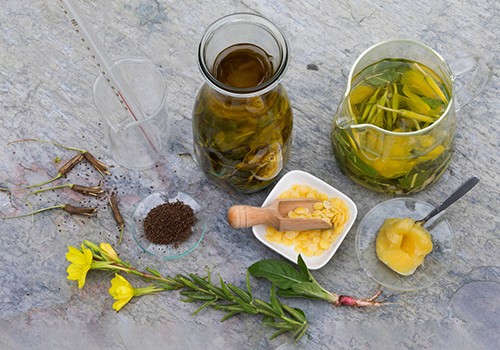
- Oil: The oil is made from the seeds and it can be taken orally in the form of capsules or applied topically for skin problems.
- Tea: Tea consists of dried flowers and leaves.
- Infusion: This preparation makes use of the leaves, flowers, buds, and even the stalks.
- Infused oil: Leaves, flowers, and stalks are placed in oil and left to infuse.
- Seeds: Roasted whole or ground seeds can be added to foods.
- Tinctures: These are like infusions but use an alcohol base rather than oil.
Which form you choose will be determined by the reason you want or need to use it!
Evening Primrose and Gastrointestinal Problems
While this plant has a multitude of applications, our focus is on improving the health of the gastric and intestinal system.
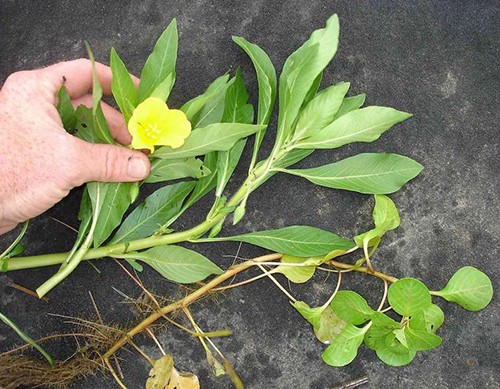
Evening Primrose, especially the oil, is rich in Omega-6 essential fatty acids, specifically gamma-linolenic acid (GLA), and in linoleic acid and polyphenols. These all help to soothe or calm the digestive system by reducing inflammation. As a result, it appears to be effective with easing the symptoms – or some of the symptoms – of:
- Peptic ulcer
- Irritable Bowel Syndrome (IBS)
- Inflammatory bowel disease such as ulcerative colitis and Crohn’s disease.
Which are The Best Preparations for Gastric Conditions?
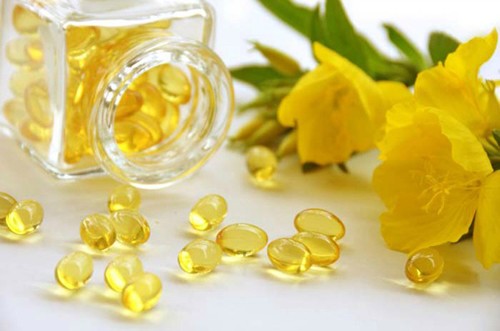
Evening Primrose Oil capsules are perhaps the most common way to take this remedy internally. Capsules are readily available in-store and online from health and wellness retailers. Taking these potentially offers a myriad of benefits, including for the digestive system.
Please note I do not recommend a homemade oil infusion for internal use! Other DIY options for easing gastrointestinal symptoms are:
Infusions
There are two types of infusion: cold and hot. Long-steeped infusions are a popular option and are reputed to soothe the lining of the digestive system.
The essential difference in times is that hot infusions are usually steeped from 20 to 45 minutes whereas a cold infusion needs to be left for 6 to 8 hours or overnight.
Cold Infusion
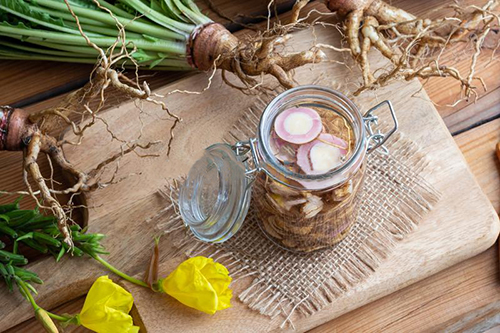
Ingredients:
- 1-part dried plant material or 2-parts fresh plant material
- 32-parts distilled or filtered water
You will also need a sterilized jar with a tight-fitting lid.
Method:
- If you are using dried material, add a little water just to moisten it
- Fill the jar with water to about 1 inch or 2.2 centimeters from the top
- Wrap the fresh or moist dried material in suitable cloth such as muslin
- Gently and slowly submerge the bag in the water
 Place the lid on the jar and leave it to steep overnight at room temperature
Place the lid on the jar and leave it to steep overnight at room temperature- Remove the bag and squeeze as much liquid out of it as possible
- Add water to the jar to top it up to the original level.
- How to use the infusion:
- Drink 1 to 3 cups a day
- It’s better to sip the liquid rather than drinking it quickly.
- Storage & shelf-life:
- Infusions that are water-based should ideally be made fresh each day
- If you keep an infusion in your fridge, it will last 24 to 48 hours.
Hot Infusion
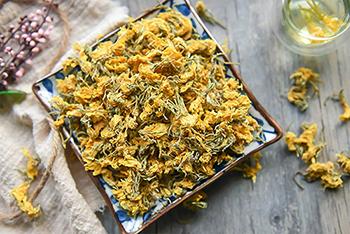
Ingredients:
- 1-part dried plant material or 2-parts fresh plant material
- 32-parts distilled or filtered water
You will also need a sterilized jar with a tight-fitting lid.
Method:
- Place the herbs into the jar
 Cover the plant material with boiling water
Cover the plant material with boiling water- Leave the mixture to steep for between 20 to 25 minutes
- Strain the plant material, pressing all the liquid out of it and into the jar
- Top the jar up to the original level with the water.
How to use the infusion: Drink 1 to 3 cups a day. Sip the liquid; don’t drink it fast.
Storage & shelf-life: Infusions that are water-based should ideally be made fresh each day If you keep an infusion in your fridge, it will last 24 to 48 hours.
Tea
Perhaps surprisingly, herbal or plant tea – also called a tisane – is not the same as a hot infusion. The primary differences are the amount of plant matter used and the steeping time. This recipe uses loose plant material, but you can buy teabags.
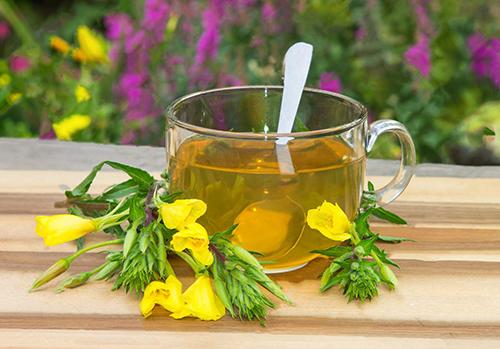
Ingredients:
- 1 teaspoon of dried Evening Primrose leaves and or flowers / a teabag
- Distilled or filtered water
- Method:
- Place the plant material/teabag into a cup
- Fill the cup with boiling water
- You can cover the cup with a saucer if you want to preserve the heat
- Leave to draw or steep for 3 to 8 minutes depending on how strong or weak you like your tea
- Strain the liquid into a clean cup and press the plant material to remove the water
- Add honey or something else to enhance the flavor.
How to use the infusion: You can drink the tea either hot or cold. Enjoy up to 3 cups a day.
Storage & shelf-life: It is best to drink the tea when you make it rather than keeping it.
Seeds
The seeds from Evening Primrose are part of the plant that is high in GLA. They are harvested from the pods that form once a flower has died back. They can be used raw and dried or roasted.
Raw
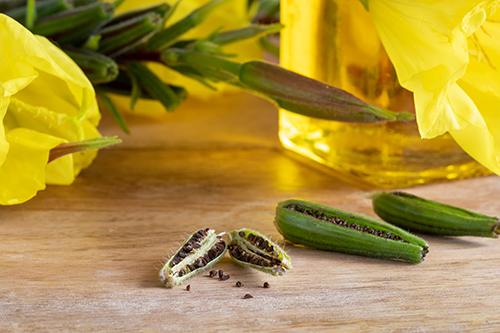
As with flax, these seeds must be ground before use. Add the powder to hot cereals, smoothies, nut spreads, etc. to receive the health benefits and enjoy the taste.
The seeds should be stored whole, not ground, in an airtight storage container. Store them somewhere cool and dry. If correctly stored, they will last for 12 to 24 months.
Roasted
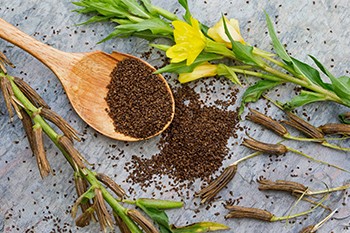 Place the pods on a tray and roll and press them to release the seeds they contain. Remove the empty pods and place the seeds into the oven at 3500 F or 1800 C for 15 to 20 minutes.
Place the pods on a tray and roll and press them to release the seeds they contain. Remove the empty pods and place the seeds into the oven at 3500 F or 1800 C for 15 to 20 minutes.
Sprinkle the seeds over bread before baking, over salads, or as a seasoning on a range of dishes.
Store the seeds in an airtight container in a cool, dry place. If correctly stored, they will last for 12 to 24 months.
Pregnant women probably shouldn’t take evening primrose oil because there’s a chance it might cause labor and delivery complications. If you’re going to have surgery, you should stop taking it at least 2 weeks before to avoid increased bleeding. People with epilepsy, schizophrenia, and who are getting anesthesia and take it are more likely to have a seizure.
In some women, it might increase the risk of serious complications. If you’re thinking about giving evening primrose oil a try, talk with your doctor or midwife first.
You may also like:
Similar to Morphine: The Best Natural Painkiller that Grows in Your Backyard (Video)








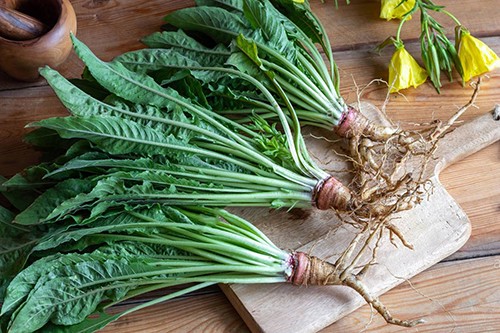 Place the lid on the jar and leave it to steep overnight at room temperature
Place the lid on the jar and leave it to steep overnight at room temperature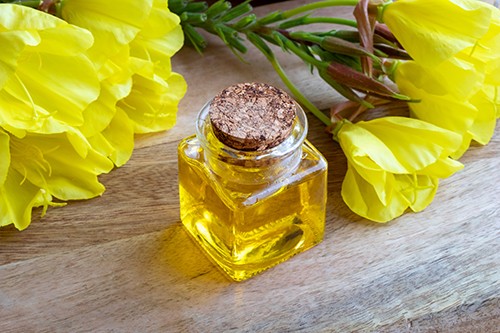 Cover the plant material with boiling water
Cover the plant material with boiling water

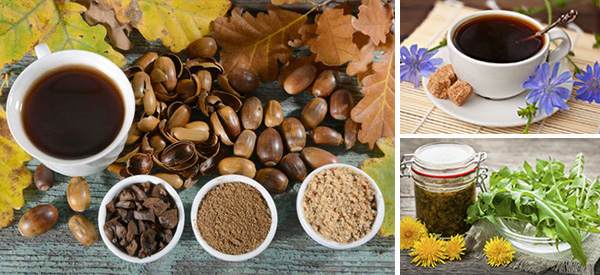
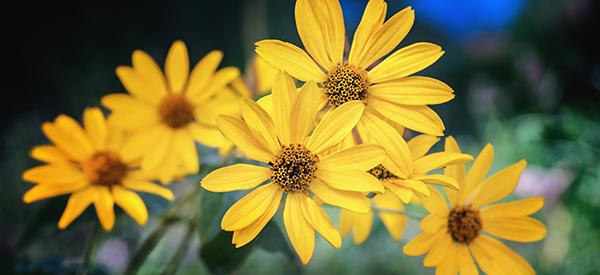
This was very interesting and informative! I’ve seen these growing around where I live and never knew this!
Hi Brenda,
Thank you for your feedback.
We are glad you fin the article useful.
God bless !
I am seeing a lot of evening primrose this time of year. I love all the natural treatment methods using plants from our own backyard. Amazing information here and I’m ready to give it a try. Thank you!
Hi Holly,
Thank you for your feedback.
We really appreciate it.
Let us know how it works for you.
God bless!
I love plant medicine, have studied some from a wonderful teacher & author long ago myself. Evening Primrose was something researched around the hormonal changes of menopause. It’s a wise idea to do your research before ingesting Any medicine. There is research that cautions against the use of evening primrose if one has any problems with elevated estrogens. This includes cancers, (breast cancer especially) but also fibroid tumors,( which I had) even if benign. I think it’s responsible of an author of herbal information, to at least mention that there are contraindications. As these days there are many people who seem to think all plant medicine is safe for them. I appreciate that this author at least mentioned some things regarding pregnancy & checking with one’s doctor. However, most western trained medical professionals are not trained in the use of plants as medicine, so back to doing one’s own research. Thank you
Hi Elise,
Thank you so much for your feedback.
The author did not recommend a homemade oil infusion for internal use and during the pregnancy but of course, there are many more cautions against the use of evening primrose.
We’ll definitely make the appropriate changes and put your valuable feedback to good use.
God bless!
So what is your recommendation on quantity of Evening Primrose Capsule for digestive issues?
Hi Carol,
As a general rule, Evening primrose oil has been administered orally at doses between 1 and 8 g/day in adults and 2 and 4 g/day in children.
However, evening primrose oil doesn’t play well with some medications and you should ask your doctor before you start using a supplement.
God bless!
The capsules I take are 500 mg each. Which meds does it “not play well with”? Western docs have no clue about no clue about supplements vs. rx’s so your reply could be a bit more detailed, thank you. You put out the recommendations for EOP for stomach issues.
Hi even though you live in one of canada’s provinces it appears your order system will not accept an order from B.C.Canada ?? Confused and disappointed
Hi Linda,
Please check your personal email.
I have sent you an email.
God bless!
Can this primrose be used instead?
Oenothera elata hookeri (Hooker’s evening primrose)
For those of you who know asking your allopathic, Western medicine trained doctor is useless, as they either don’t know or don’t care about herbal medicine – try this. Find a good natural pathik doctor in your area. They are much more likely to know about this stuff. Also, many health plans will actually let you use a naturopath as your primary care physician.